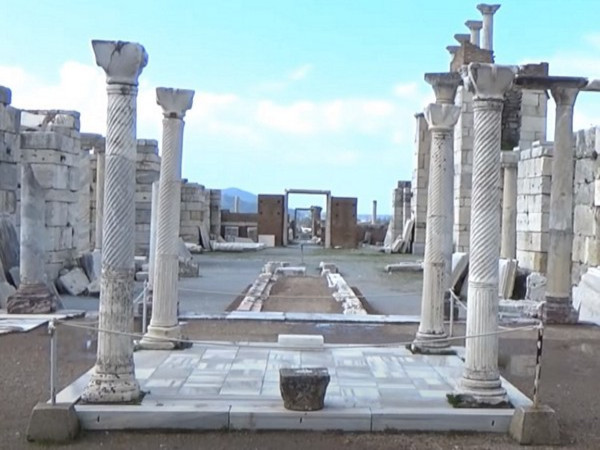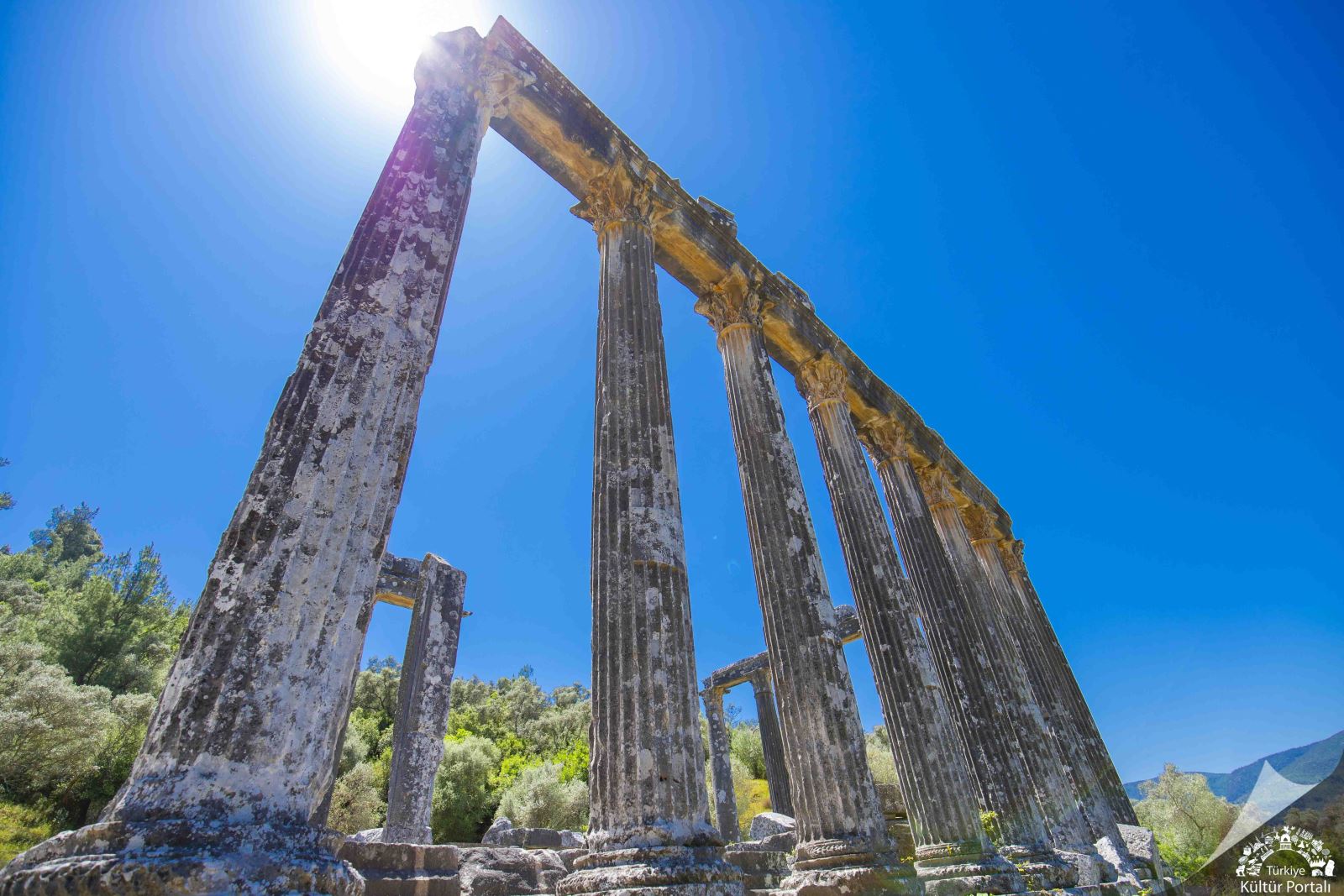Kusadasi: A Journey Through Time
Explore Kusadasi History
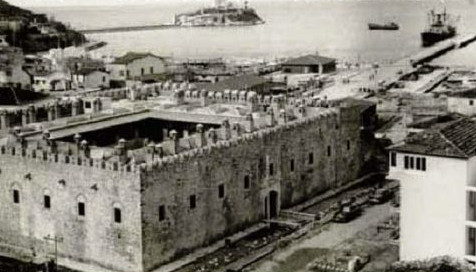
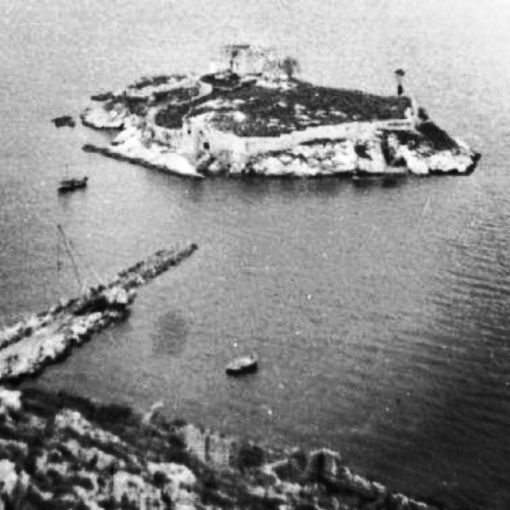
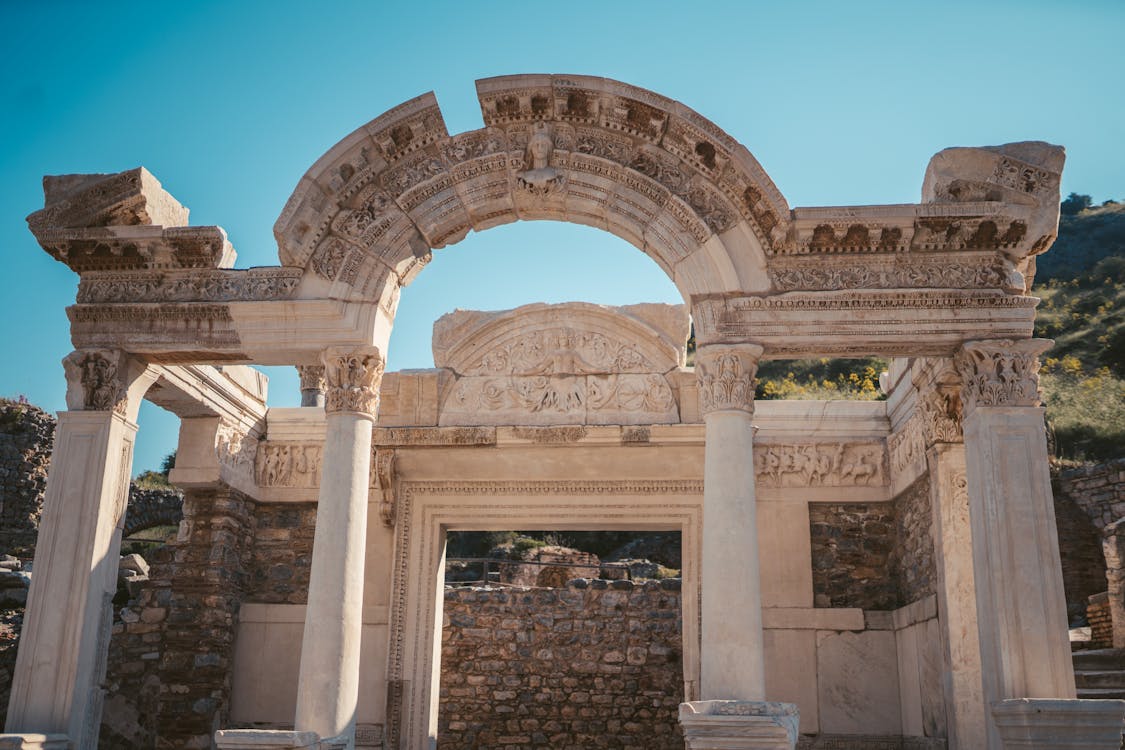
Kusadasi’s rich history stretches back to approximately 3000 BC, when early settlers from the Lelegians and Carians—originally from Central Anatolia—founded communities in the area. These ancient peoples established the cities of Ania and Melia on the slopes of Pilav Mountain, thriving thanks to the region’s mild climate and fertile lands. They cultivated crops like olives, grapes, and figs, which became essential for producing oil, wine, and sweet delicacies that fueled their prosperity.
The Age of the Ionian League
In the 10th century BC, Kusadasi found itself near the heart of the 12 Ionian Cities, a league of city-states renowned for their cultural and technological advancements. The area was a neighbor to the great Ionian cities of Ephesus, Miletos, and Samos, which were key centers of trade and intellectual activity. While Kusadasi’s ports, such as Phygale and Neopolis, were less prominent than the famous harbors of Ephesus, they played a role in the region’s growing trade network, benefiting from their proximity to these ancient metropolises.
Persian and Roman Conquests
In 546 BC, the Persians invaded the area, bringing Kusadasi under their control. However, by 200 BC, the region came under Roman rule, marking the beginning of a period of stability and growth. With the eventual split of the Roman Empire, Kusadasi became part of the Byzantine Empire. During this time, the changing landscape and a series of natural disasters led to the decline of Ephesus as a major trading hub, giving rise to the significance of the port at Neopolis, known as Scala Nova in the Byzantine era, which laid the groundwork for modern Kusadasi.
Venetians, Genoese, and the Seljuks
In the 15th century, Scala Nova became a key site for Venetian and Genoese traders, who recognized its strategic importance as a coastal stop on major trade routes. However, the region was soon claimed by the Seljuks under the rule of Kilic Arslan II, further integrating it into the Turkish sphere of influence. Scala Nova’s strategic location at the end of major trade routes, such as the Silk Road, bolstered its prominence as a commercial center.
Ottoman Era: The Birth of Kusadasi
In 1413, Sultan Mehmet Celebi brought Kusadasi under Ottoman rule, a turning point in the town’s history. The Ottomans left their architectural mark with the construction of significant structures, including the Okuz Mehmet Pasha Caravanserai, city walls, mosques, and fortress gates. The city took on the name “Kusadasi,” meaning “Bird Island” in Turkish, referencing the small Pigeon Island that sits off the coast and is now connected to the mainland.
Modern Era and Turkish Republic
After the First World War, Kusadasi was briefly occupied by Greek forces in 1919, but following the Turkish War of Independence, it was returned to Turkey in 1922. Initially governed from Izmir, Kusadasi became part of Aydin Province in 1954, setting the stage for its transformation into one of Turkey’s leading tourist destinations.
Kusadasi Today
Today, Kusadasi offers an ideal blend of historical richness, natural beauty, and modern amenities. The city boasts pristine sandy beaches, crystal-clear waters, and a vibrant holiday atmosphere, all while maintaining its deep connection to the past. Visitors can explore ancient ruins by day and enjoy lively seaside entertainment by night, making Kusadasi one of Turkey’s premier travel destinations.
